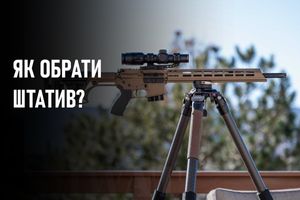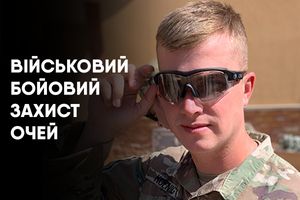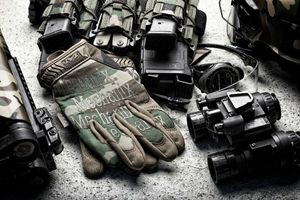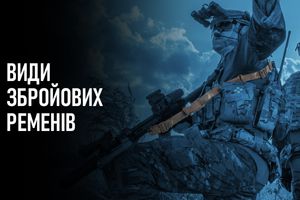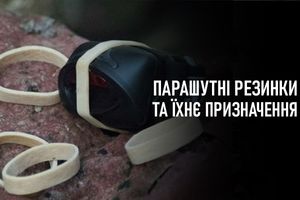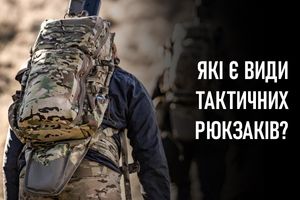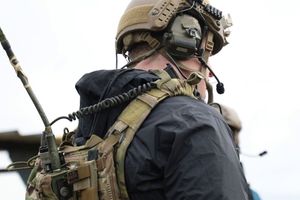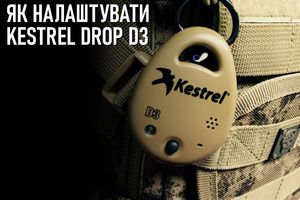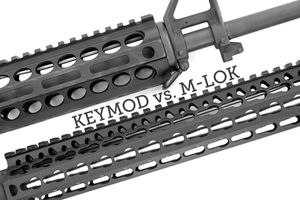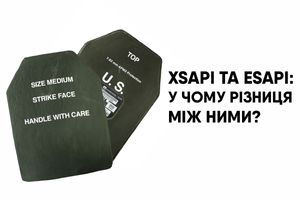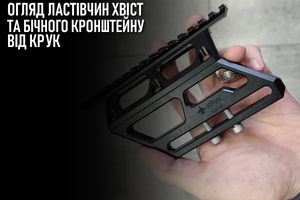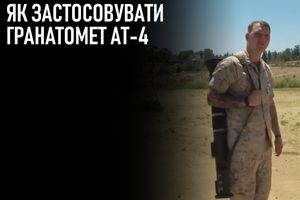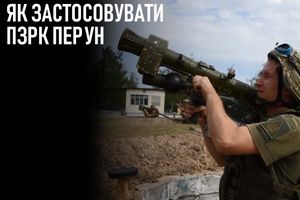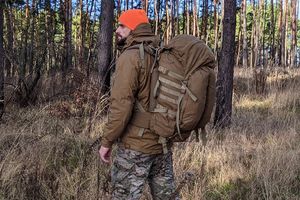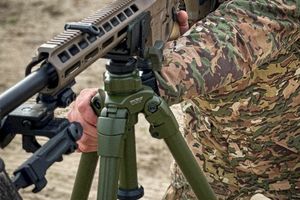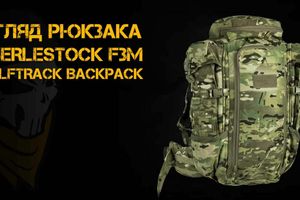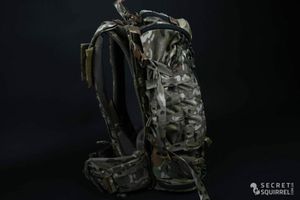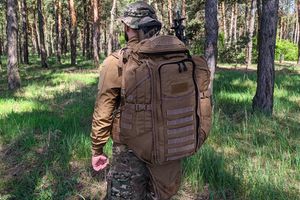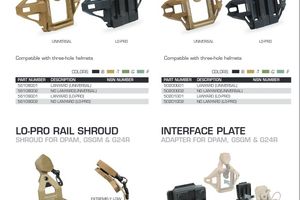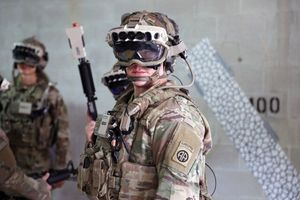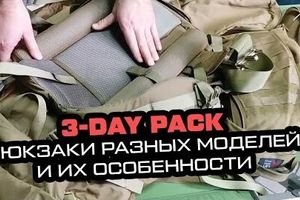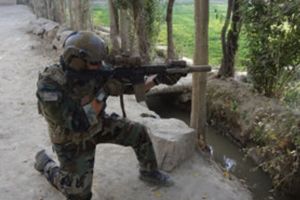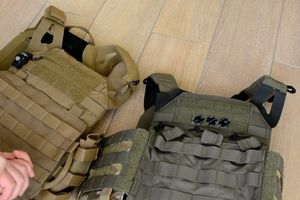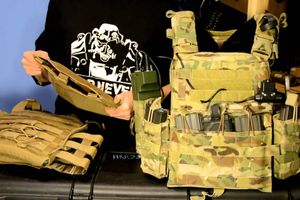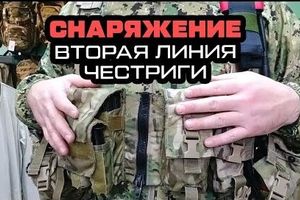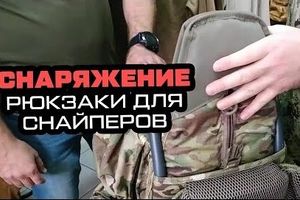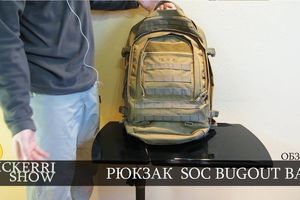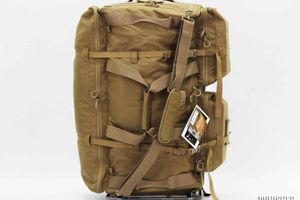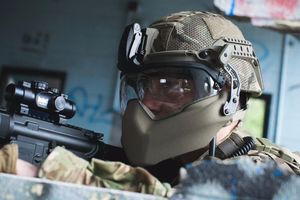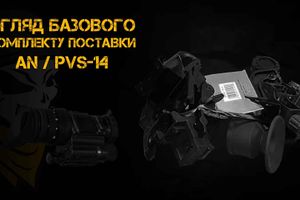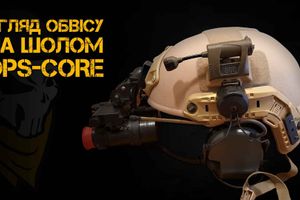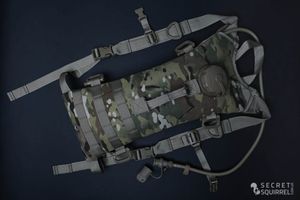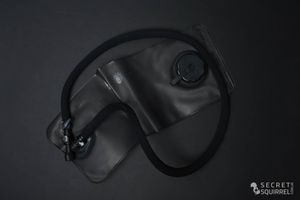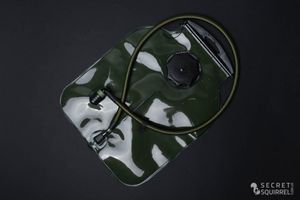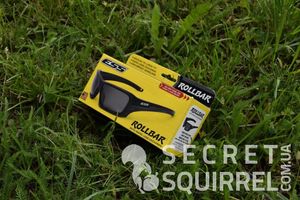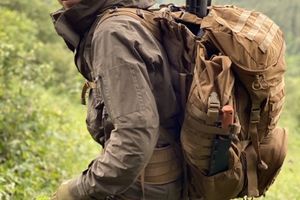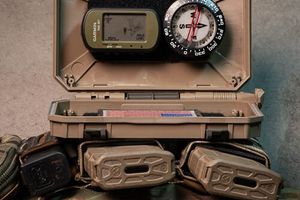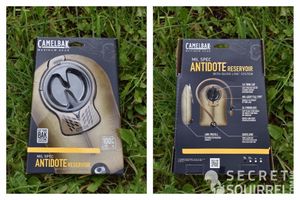Body armor increases survivability in combat by protecting against ballistic threats — i.e., bullets and buckshot pellets. Divided into two categories — soft and hard — the body armor that you select must balance several considerations.
Increased protection typically increases weight, thereby affecting mobility and comfort. It also reduces concealability. Lighter vests are more concealable and comfortable to wear but protect against fewer threats.
To find the optimal balance for your individual requirements, it’s necessary to understand the different protection levels available.
What Kinds of Bullets Can Go Through a Bulletproof Vest
A bulletproof vest is rated to stop specific types of ammunition. A bullet that exceeds the capabilities of a vest is more likely to achieve penetration, increasing the risk of serious bodily injury or death. As a result, it’s essential that you select body armor based on the threats you expect to face.
What is a Bulletproof Vest?
A bulletproof vest is an article of clothing that you wear to protect yourself against ballistic threats. It tends to refer to a soft, flexible vest consisting of two panels — one in the front to protect the chest and abdomen and another in the rear to protect the back. It’s important to note that no vest is truly bulletproof, only bullet resistant.
By using Kevlar, Spectra, or other types of materials, the vest is able to absorb the kinetic energy of handgun bullets and buckshot pellets. You may also have heard the term “flak jacket.” A flak jacket protects against artillery shell and grenade fragments. Although some flak jackets, or fragmentation vests, such as the PASGT, can protect against 9mm FMJ handgun bullets, that’s not the intended purpose.
Body Armor Levels Explained
In the United States, the National Institute of Justice (NIJ) publishes standards for body armor according to protection level. While there are several levels, ranging from Type IIA to Type IV, Type II and IIIA are the most common. These are examples of soft body armor, which protects against relatively low-velocity bullets. In contrast, hard armor, consisting of ceramic and metal plates, is needed for protection against high-velocity rifles.
Type IIA
Offering the lowest protection level that the NIJ currently certifies, Type IIA vests are lightweight, flexible, and concealable. Type IIA replaced Type I as the minimum level available.
The NIJ tests Type IIA body armor using the following ammunition:
- 9mm 124-grain FMJ-RN at 1,225 ft/s
- .40 S&W 180-grain FMJ at 1,155 ft/s
Pros
- Lightweight, flexible, and concealable body armor
Cons
- Limited protection
- Provides minimal protection against Behind Armor Blunt Trauma (BABT)
Type II
Type II is the most popular ballistic protection level in use among private citizens and law enforcement. If you need a balanced option that you can wear comfortably under a T-shirt throughout the day, consider a Type II vest. As the NIJ tests Type II body armor using high-velocity 9mm and .357 Magnum ammunition, it’s tough enough to stop most common handgun threats, including 9mm and .40 S&W. As a Type II vest is lighter than a Type IIIA, it won’t absorb as much kinetic energy, increasing blunt-force trauma. For that reason, you may also want to consider wearing a trauma pad behind the armor.
Test ammunition:
- 9mm 124-grain FMJ-RN at 1,305 ft/s
- .357 Magnum 158-grain JSP at 1,430 ft/s
Pros
- Provides a balance between protection, concealability, and comfort
Cons
- Not suitable for protection against the most powerful handguns
- Less BABT protection compared with Type IIIA
Type IIIA
The heaviest type of soft body armor commercially available, Type IIIA provides protection against high-velocity, high-energy handgun bullets, shotgun slugs, and pistol-caliber carbines. However, the increased density of Type IIIA vests increases weight and reduces mobility. You’ll also find that vests in this category tend to be less concealable. While you can still wear some Type IIIA vests under clothing, the covering garment is usually a jacket rather than a shirt. The bulkier vests in this category tend to reduce mobility somewhat compared with the lighter alternative. You will need to account for that when purchasing a vest or trying one on.
Type IIIA body armor can also protect against lesser threats, which includes most commercially available handgun loads.
Test ammunition:
- .357 SIG 125-grain FMJ-FN at 1,470 ft/s
- .44 Magnum 240-grain SJHP at 1,430 ft/s
Pros
- Type IIIA body armor provides the highest degree of protection you can acquire without wearing hard plates
- Reduced BABT risk due to increased number of Kevlar layers
Cons
- Reduced range of motion and concealability — less discreet
- Can become hot during the warmer months of the year
Armor-Piercing Ammunition
For a bullet to be classified as armor-piercing, it must be designed for this purpose. AP bullets typically contain hard, high-density metals that do not deform on impact with Kevlar, such as steel or tungsten. While restricted and uncommon in handgun calibers, armor-piercing rifle ammunition is legal for a private citizen to possess. For tactical applications, AP bullets provide increased penetration against Type III hard armor and barriers, such as building materials and automobile bodies.
Unique Handgun Threats
When discussing protection levels, it’s important to note that handgun ammunition refers to cartridges specifically designed to be fired in semi-automatic pistols and revolvers. A single-shot pistol, such as the Thompson C/T, can still penetrate some vests, depending on the chambering. With the increasing popularity of pistols derived from the AR-15 platform, you also need to be aware of concealable .223-caliber/5.56mm weapons. Even from a short barrel, these calibers can defeat Kevlar easily.
Rifle Armor
While the term bulletproof vest usually refers to soft body armor, it can also refer to soft body armor augmented by hard plates. Kevlar and Spectra cannot provide protection against high-velocity rifle cartridges, such as the 5.56mm, alone. For Type III protection, you need to use ceramic or steel trauma plates.
Vulnerabilities
It’s also worth noting that, in many cases, a bullet doesn’t have to penetrate the vest to cause serious injury. Aside from blunt-force trauma, most police officers who are killed in the line of duty while wearing body armor are wounded because the bullet bypassed the protective panels. This is why it’s essential that you wear a vest that provides as much coverage as possible.
In Conclusion
Bulletproof vests are available in a variety of configurations and protection levels to suit different applications. A vest is only as useful as its protection level. For example, you shouldn’t expect a Type IIA vest to protect you against a .44 Magnum carbine.
If you need the most protective soft body armor available, regardless of concealability, you should select a Type IIIA vest. However, if your priority is balancing concealment and protection, Type II is the best choice.
Source: https://legionary.com/what-kinds-of-bullets-can-go-through-a-bulletproof-vest-body-armor-levels-explained/
Author: Richard Barela










































































































































